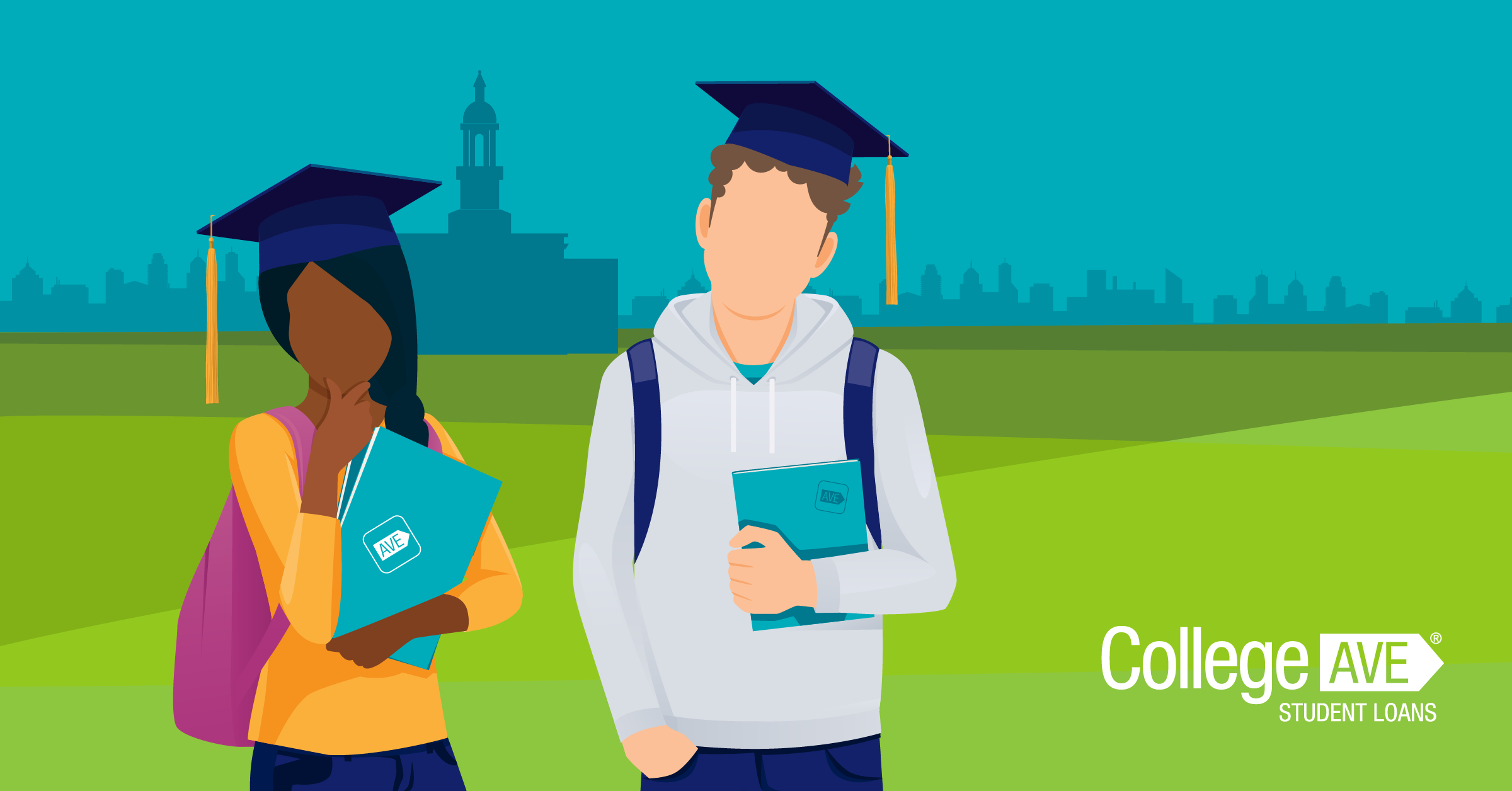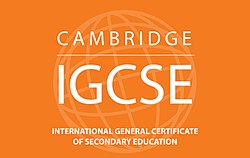
Federal grants for teachers can help you finance your education, but there are certain requirements you must meet before you can apply. First, contact your campus' financial aid office to determine if you are eligible for a TEACH grant. Below are the details for these offices. Once you have reached out to the office, fill out a brief application form.
Exp. Limitation of general and administrative expenses
You have two options to meet the federal grant limit for general and administration expenses. The other option is to consider incidental expenses as a direct expense. These costs should not exceed the institutional base salaries. Other options include adding supplemental compensation to a written institution policy.
It is important to identify indirect costs using a cost allocation program and a rate. Indirect costs can only be included if they are consistent treated. Indirect costs are generally limited by federal awards. Costs that exceed these limits cannot be applied to another award. In such cases, it is necessary to use non-federal revenue source for reimbursement.

Grade point average requirement
To qualify for the Federal TEACH Grant, students must achieve a 3.25 cumulative average. The grade points average are reviewed at each semester's end and at the beginning of each academic year. Before applying for the grant students must have completed entrance counseling.
TEACH Grant (federal grant program) is designed to provide support and training for future teachers in high demand subject areas. Candidates must be at least 75th percentile in a college admissions exam and maintain a 3.25 GPA to qualify. Candidates must also agree that they will work full-time at a low-income school for a minimum of four years.
Requirements to Receive a TEACH grant
To be eligible to apply for a TEACH Grant, applicants need to meet some requirements. They must maintain a minimum of a 3.25 average cumulative grade point and must be enrolled in an approved teaching program at a postsecondary college. They must also meet certain academic achievement requirements, including having a test score in the 75th percentile or higher.
TEACH Grant recipients are required to sign an Agreement for Service. This outlines the grant's conditions and requirements. The agreement outlines the teaching time and penalties that will be imposed for non-compliance. For more information, students should check with their school's financial aid department to verify if they are eligible for the program. For the current aid year, students will need to complete the FAFSA.

Apply process
The TEACH Grant is one of the federal programs that support teachers' education. These funds help new teachers finish their degree while teaching in a school with low income. The recipients must be willing to teach full-time in areas with high need. TEACH Grants can provide $4,000 to undergraduates and $8,000 to graduate students. To be eligible, applicants must be enrolled at an accredited college or university.
For schools that serve students of low income, the U.S. Department of Education has required highly qualified teachers. These schools include both elementary and secondary schools listed on the Department of Education's Annual Directory of Designated Low-Income Schools. The Department of Education could request additional documentation and information, including teaching experience. The Department may send a request for documentation to applicants still enrolled in school.
FAQ
What's the difference between private and public schools?
All students can attend the public school for no cost. They provide education from kindergarten through high school. Tuition fees for private schools are payable by each student. They offer education from preschool to college.
Charter schools, which are private but publicly funded, are also available. Charter schools do not follow the traditional curriculum. Instead, they give their students more freedom to learn what interests them.
Charter schools are popular among parents who believe their children should have access to quality education regardless of financial status.
Is becoming a teacher difficult?
It takes a lot of commitment to become a teacher. You will need to devote a significant amount of time to your studies.
While completing your degree, you can expect to work approximately 40 hours per week.
Also, it is important to find a job you can do. Many students report having trouble finding part-time jobs that allow them to balance their schedules with schoolwork.
Once you land a full-time position, you will likely be responsible for teaching classes during the day. You may be required to travel across the country to teach classes during the week.
When choosing a major, what factors should I consider?
You should first decide whether you would rather go straight into a profession or go to college first. Then you should make a list of your interests and talents. You might be interested in reading, listening and watching music, or talking to people. Your talents may include singing, dancing and writing. You can use your interests and talents to help you select a major.
If you're interested in becoming an artist, you might be drawn to art history or fine arts. Biology might be a good choice if you are passionate about animals. You might consider pre-medicine or medical tech if you are interested in becoming a doctor. Computer science or computer networking is a great career choice for someone who wants to work in computers. There are many options. It's important to consider what you would like.
What is a "Trade School"?
Trade schools can be an alternative for those who have not had success in traditional higher education to obtain a degree. They offer career-focused programs designed to prepare students for specific careers. The programs offer two-year courses in one semester. Students then go on to a paid apprenticeship program, where they are trained in a specific job skill set and given practical training. Trade schools can be classified as vocational schools or technical colleges. Some trade schools also offer associate degrees.
Statistics
- In most developed countries, a high proportion of the population (up to 50%) now enters higher education at some time in their lives. (en.wikipedia.org)
- Globally, in 2008, around 89% of children aged six to twelve were enrolled in primary education, and this proportion was rising. (en.wikipedia.org)
- They are also 25% more likely to graduate from high school and have higher math and reading scores, with fewer behavioral problems,” according to research at the University of Tennessee. (habitatbroward.org)
- Think of the rhetorical power of nineteenth-century abolitionist Harriet Beecher Stowe, Martin Luther King, Jr., or Occupy Wall Street activists with their rallying cry of “we are the 99 percent.” (bostonreview.net)
- Data from the Department of Education reveal that, among 2008 college graduates, 92.8 percent of humanities majors have voted at least once since finishing school. (bostonreview.net)
External Links
How To
what is vocational education?
Vocational Education prepares students for work by giving them skills that are required for a specific job, such as welding. It includes training on the job in apprenticeship programs. Vocational education is different from general education in that it prepares individuals for specific career paths rather than acquiring broad knowledge for future uses. Vocational education's goal is to help students find employment after they graduate.
Vocational education could be offered at all levels, including primary schools, secondary school, colleges and universities, technical schools, trade schools as well community colleges, junior college, and four-year schools. In addition, there are many specialized schools such as culinary arts schools, nursing schools, law schools, medical schools, dental schools, veterinary medicine schools, firefighting schools, police academies, military academies, and other military schools. Many of these schools provide both academic instruction as well as practical experience.
Over recent decades, there have been significant investments made in vocational education by many countries, including Australia, Denmark (Finland), Germany, Ireland and Japan. It is still controversial whether vocational education is effective. Some critics argue that it does little to improve students' employability; others argue that it provides useful preparation for life after school.
The U.S. Bureau of Labor Statistics has estimated that 47% of American adults hold a postsecondary certificate or degree related to their current occupation. This figure is higher among those with more education: 71% of workers aged 25-29 with a bachelor's degree or higher are currently employed in fields requiring postsecondary credentials.
The BLS reported in 2012 that almost half of all adults had some type of postsecondary credential. A third of Americans have a two-year associate's degree and 10% hold a four year bachelor's degree. One fifth of Americans have a master's, or doctorate.
The median annual wage for individuals with a bachelor's in 2013 was $50,000. This was compared to $23,800 when they had no degree. For those with advanced degrees, the median wage was $81,300.
For those who did no high school, the median salary was only $15,000. The median annual income for those with less than a high-school diploma was $13,000